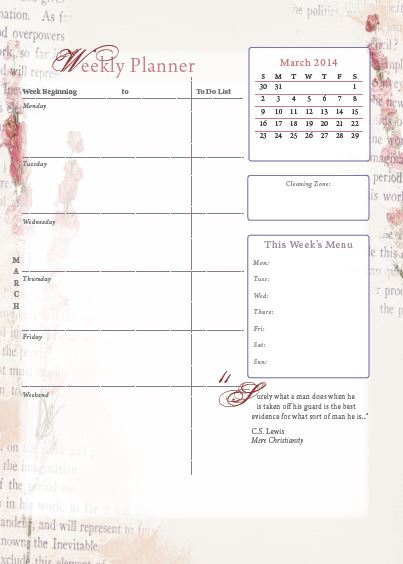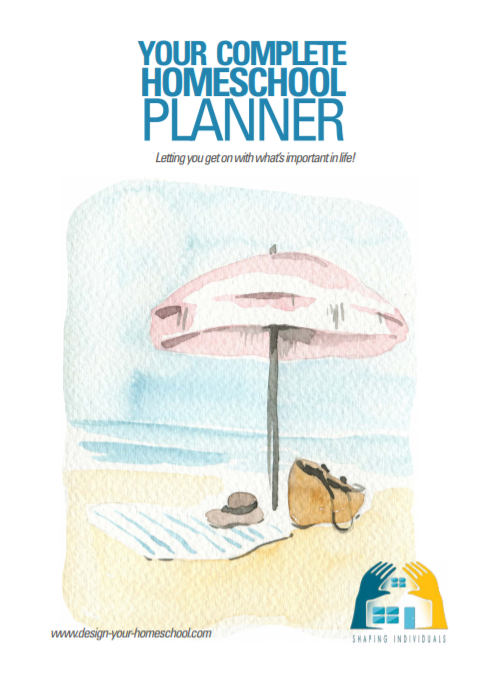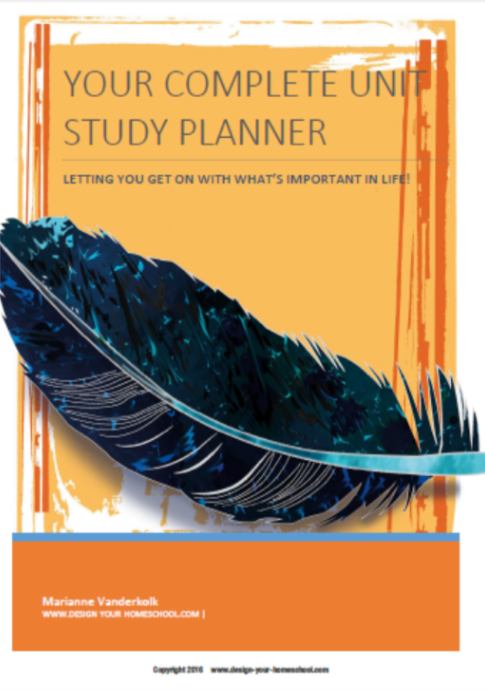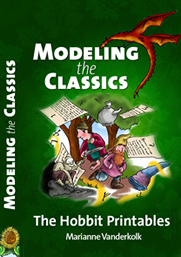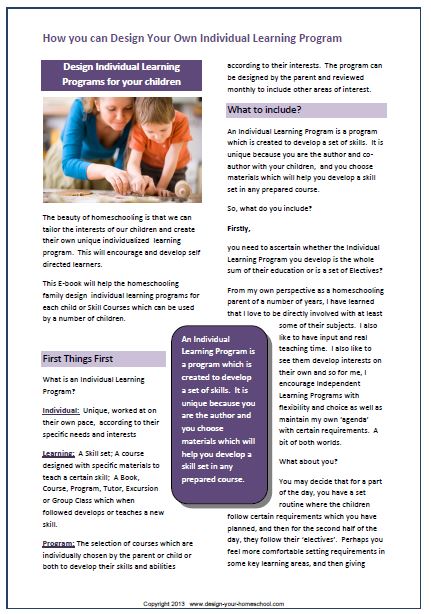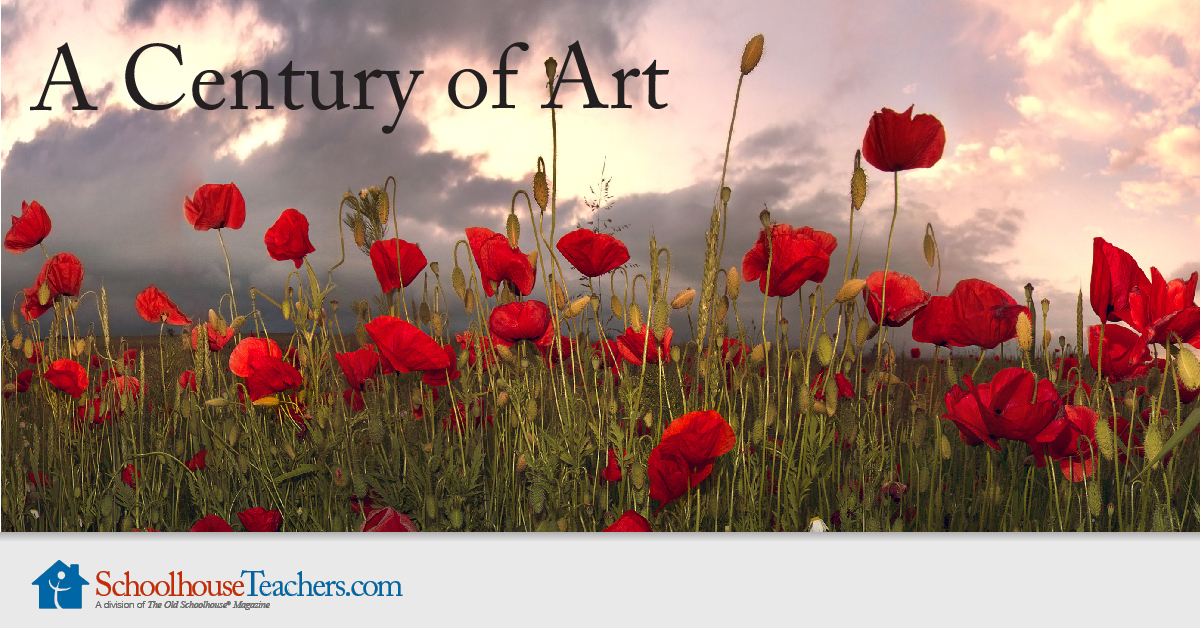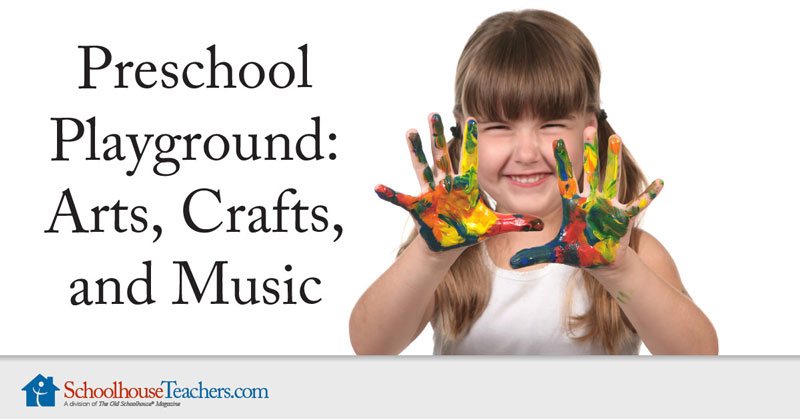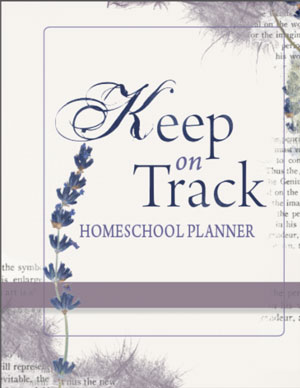Teaching Creative Writing with Stylistic Elements
On my previous page on how to teach writing, I have written a simple outline of how I see the Writing process and the steps involved in teaching writing. You can see these steps outlined below.
This page focusses on how to use Stylistic Elements when teaching creative writing. This is Step 9 of the Writing Process outlined below:
- Tracing letters and Teaching the correct letter formations.
- Copying words.
- Copying sentences – copying punctuation.
- Writing from Dictation.
- Copying larger selections.
- Writing from Dictation of large selections.
- Copying own narrations.
- Writing own narrations.
- Teach Writing with Style.
- Teach Writing Forms.
9. Teaching Creative Writing with Style
Style is all about learning how to write effectively and with clarity. A child who has been taught to narrate from early on, has already learned to sequence and construct sentences and thoughts. This is a fantastic advantage.
Stylistic elements add interest to writing. Adding stylistic elements in order to teach writing are ways of enhancing your writing and adding variety. I have a specific writing lesson every week and in this time slot, I slowly build on the list of elements we can use to add interest to our writing. It is too overwhelming to deal with all the elements at once, but when they are introduced slowly and referred to each week, they can become a part of your child’s writing. Remember, you do not teach writing overnight.
- Firstly one can look at the nuts and bolts of a sentence: the Words.
As you teach the eight parts of speech, you can focus on these stylistic word elements.
You may find it handy to list all the stylistic elements in a table or write them on a sheet of large cardboard, and slowly teach one at a time, reviewing as you go.
If you're looking at words, you'll also need to have a Thesaurus handy, either in the physical book variety or online such as Thesaurus.net. You've just got to have a way to add variety to sentences, add colourful verbs, interesting adjectives and a thesaurus is definitely the way to go.
A. Let's Look at the WORDS in the sentence!
- Verbs - make sure they are interesting. (Find synonyms) Use dual verbs ( dived and swam)
- Adverbs - Add a "ly" word. (Suddenly, quietly...)
- Nouns - find synonyms for your nouns.
- Adjectives (colourful, interesting adjectives that describe the noun) Add dual (2) adjectives... long and slimy
Want some help to find interesting words to add to your writing. Try This Visual Thesaurus.
It is a great expression of how words can visually be compared to one another.
B. Add Phrases and Clauses to the Sentence
- Prepositional Phrases: (beginning with a preposition…in, out, through, between, around, beyond, under, with…. The land beyond the sea was….; The mouse in the attic scurried…)
- Clauses: Who/which clauses relative clauses– in the middle of a sentence with commas on either side of the clause. The gardener, who arrived precisely at ten o’clock, attended to the flower beds.
- Other relative pronouns which introduce a subordinate clause are whose, whom, what, that, whoever, whomever, whatever, whichever.
- Adjective clauses: a subordinate clause which modifies a noun or pronoun. (The look that she gave him was discouraging.)
- Adverbial clause- is a subordinate clause which is used like an adverb. (He runs as though he had been frightened.)
The following words are words which join the adverb clause to the rest of the sentence: after, although, as, as if, as long as, as though, because, before, if, in order that, since, so that, than, though, unless, until, when, whenever, where, wherever, while.Noun clause- a subordinate clause used as a noun. (This is what I need the most.)
C. Change the Way the Sentence Begins
- Subject (The boy ran to fetch his father.)
- Adverb (Quietly, he tiptoed into the room.)
- Prepositional Phrase (Behind the door, the two men silently waited.)
- Clause (Since there was no food available, the young men hurried to the next town.)
- Dialogue("That's not fair!", he shouted.)
- Participial phrase (verb as an adjective) yelling for help; also past tense participial phrase; (Returning late, the men decided to wait until morning to make a fire.)
- Question: Where do you think the two were hiding?
D. Other Elements of Style to Add Interest
- Metaphors/ similes
- Questions
- Alliteration
- Variety of sentence lengths
- Short sentences (2-5 words) as paragraph openers or clinchers
- Dialogue
Writing Curriculum and Tools that help to teach Style
Teaching Writing: Structure and Style (from the Institute for Excellence in Writing) is a video seminar for teachers and parents presenting a system of structural models and stylistic techniques applicable for students of all ages and aptitudes. More on my site about IEW materials.
9. Teaching the Forms of Writing (text types)
All the above steps deal with the essentials on how to teach writing. It is also important to know how to teach writing Forms. Here children can find the type of writing in which they can shine. Writing is fun and exciting, a way to explore words, and inspire others. By teaching different forms of writing, the child can experiment with letter writing, poetry, play-writing, advertising, essays and so on.
Here's my ideas on how to teach Descriptive Writing.
This list of Writing Forms below is taken from the Write Source series: Writer's INC written and compiled by Patrick Sebranek, Dave Kemper, and Verne Meyer.
This is a great writing resource book (as all the books in the Write Source series).
These books help to teach writing to the student. They describe the writing process, how to use the writing process, the basic elements of writing (sentences, paragraphs...), the art of writing (style), the forms of writing, the tools of learning, proofreader's guides and a student almanac. I like the way it is written to the student, each book geared to a specific audience.
I have bought four in the series which scan across the ages from about Year 3 -12.
The books I have found useful are
Write on Track
Writer's Express,
Write Source 2000,
and Writer's Inc.
Forms of Writing
Personal Writing
- Journals
- Friendly Notes and letters,
- Reminiscences,
- Logs,
- Diaries,
- Personal Essays and Narratives,
- Freewriting,
- Clustering,
- Brainstorming.
Subject Writing
- Biographical Writing,
- Autobiographical Writing,
- Newspaper Stories,
- How-to-Writing,
- Descriptions,
- Profiles,
- Case Studies
- First Hand Experiences,
- Summary Reports,
- Eyewitness Accounts,
- Observation Reports,
- Personal Research Reports,
- Multimedia Computer Reports,
- Interviews
Creative Writing
- Fantasies,
- Tall tales,
- Realistic Stories,
- Writing from history,
- Riddles
- Poems,
- Plays,
- Stories
- Fictionalized Journal Entries,
- Monologues
Persuasive Writing
- Persuasive Essays,
- Pet Peeves
- Personal Commentaries,
- Editorials
- Essays of Argumentation
- Essays of Opposing Ideas
Academic Writing
- Expository Essays,
- Process Essays
- Essays of Definition
- Cause/Effect Essays
- Problem/solution Essays,
- Summaries
- Comparison/Contrast Essays,
- Research Papers
Writing about Literature
- Journal Entries
- Letters to the Author
- Character Sketches
- Book Reviews
- Literary Analyses
- Dialogues
Workplace Writing
- Letters of Inquiry
- Resumes
- Memos
- Letters of Application
- Messages
- Follow-up Letters
- Writing Instructions
Time4Writing.com gives parents and educators a number of resources that assist in teaching writing. Have a look at some of these free writing resources on teaching sentence writing, writing conventions, and the revision process.
Where to from here?
- How can I design my own homeschool Writing Curriculum?
- How do I know what to teach and when?
- Modeling the Classics Ebook on the Hobbit
- Modeling the Classics - Teaching Descriptive Writing.








